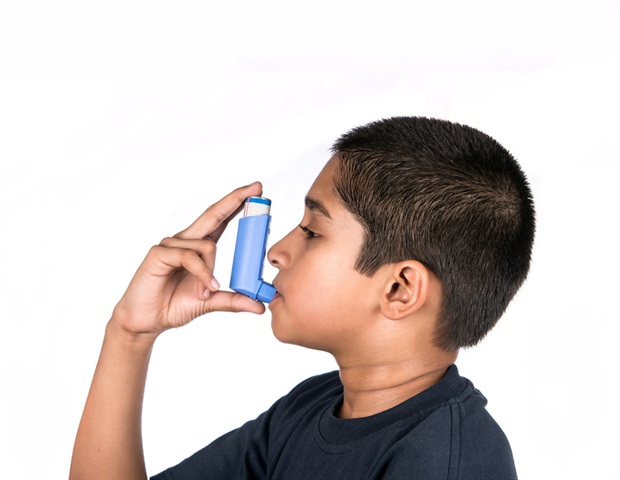A new Cornell University study that tracks how many asthma-related emergency room visits result from pollen in metropolitan areas highlights the importance of knowing local plants and the need for developing science-based pollen forecasts. Such forecasts could alert vulnerable individuals on days when they should consider staying indoors or taking allergy medications ahead of time. Even though the percent of asthma-related emergency department visits associated with pollen overall was only a few percent on an annual basis, at certain times of year when particular types of pollen were spiking, we sometimes saw up to almost 20% of visits were due to pollen.
" Daniel Katz, assistant professor and first author of the study To figure out which asthma emergencies may have been activated by pollen, as opposed to a virus or other cause, the researchers collected data from the Texas Department of State Health Services and analyzed close to 175,000 asthma-related emergency room visits between 2015 and 2020. They singled out visits from patients who lived within about 15 miles of one of eight pollen monitoring stations where airborne pollen concentrations are measured. When pollen and virus prevalence were high at the same time, the researchers had the advantage of an abundance of data, from eight cities and over five years, to uncover the likely causes.

Related Stories Early antibiotic exposure can trigger long term susceptibility to asthma Study links gene regulation to allergic airway inflammation Research finds sugar tax may lower childhood asthma hospital admission rates by 20.9% "Sometimes the timing of when viruses were prevalent changed," Katz said, "and sometimes the timing of when pollen was in the air changed. So, because of this natural variability, we were able to better untangle what was contributing to these asthma-related emergency department visits.
" The researchers chose cities for the study based on their proximity to Central Texas, where a species of tree, Ashe juniper (Juniperus ashei), one of the most important allergenic pollen-producing trees, is prevalent. Some cities were in the middle of these pollen hot spots and others were far from them. "We ended up finding that some of the cities had these spikes in asthma-related emergency department visits in January, when that species releases its pollen, whereas cities outside its primary range did not have corresponding spikes," Katz said.
Still, he said, various pollen is in the air for most of the year in Texas, creating challenges for people with asthma. The study helps inform Katz's ongoing work to develop publicly available pollen forecasts that incorporate remote sensing and atmospheric dispersion and plant ecology. Cornell University Katz, D.
S. W., et al .
(2024). Pollen and viruses contribute to spatio-temporal variation in asthma-related emergency department visits. Environmental Research .
doi.org/10.1016/j.
envres.2024.119346 .
.



















